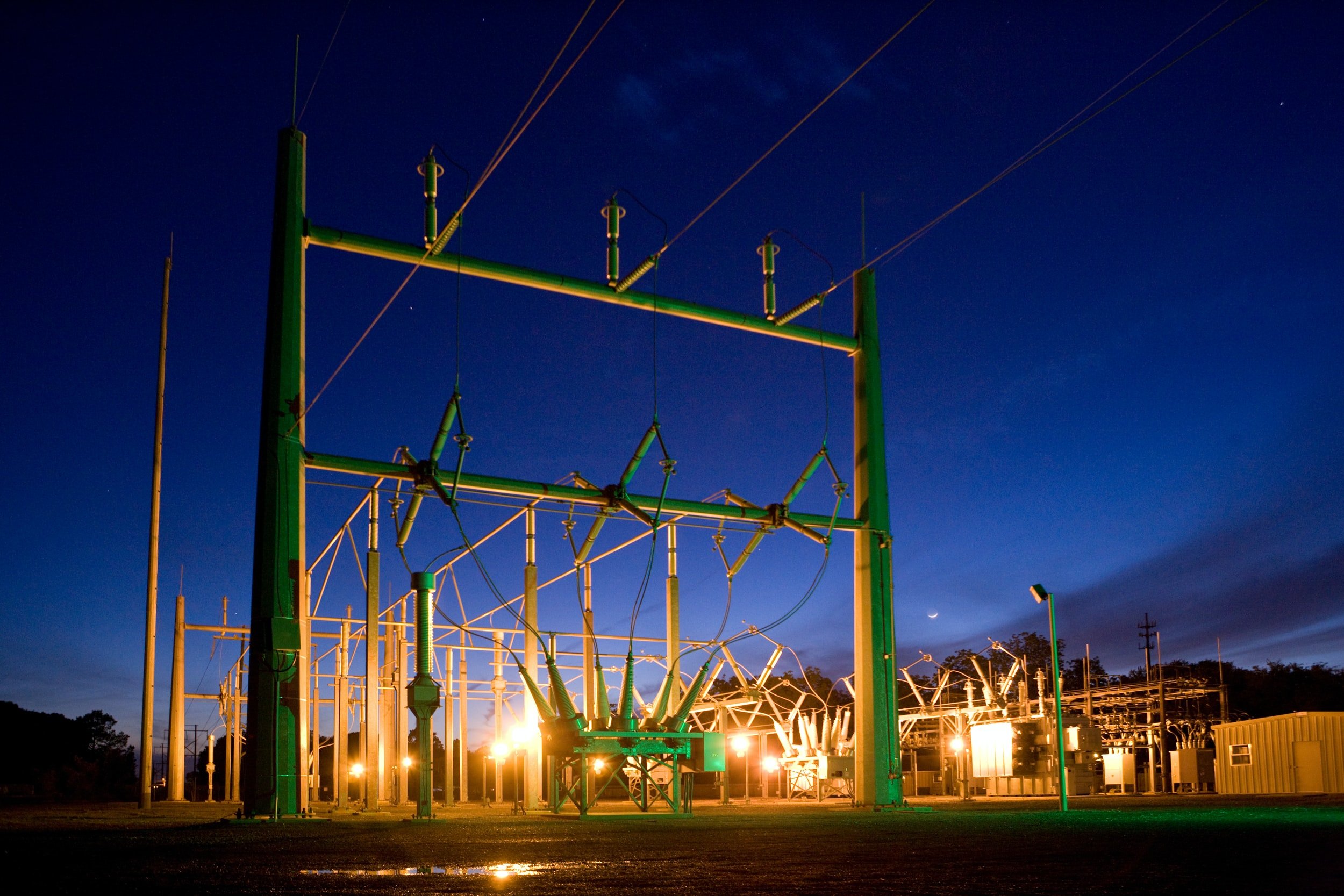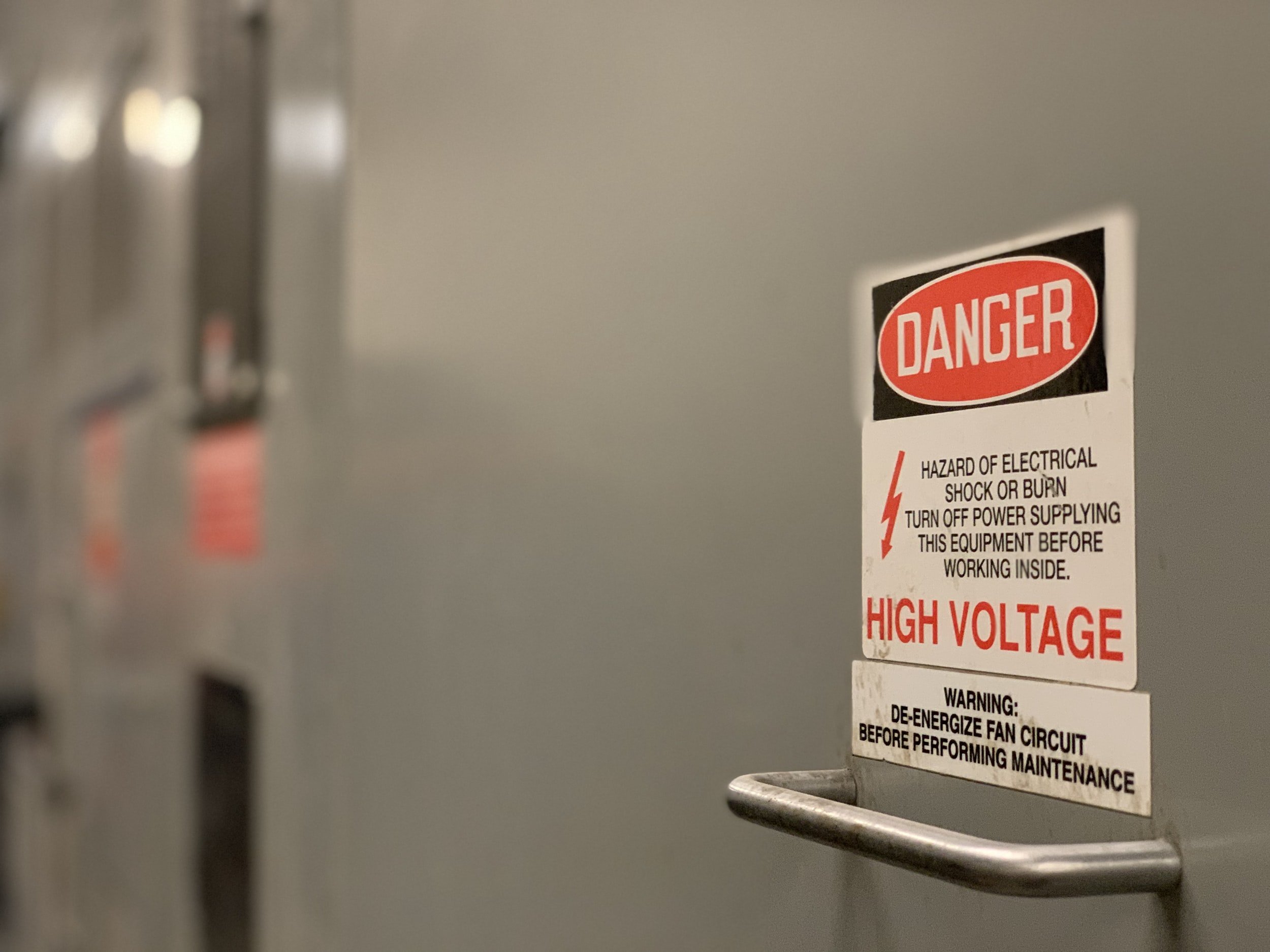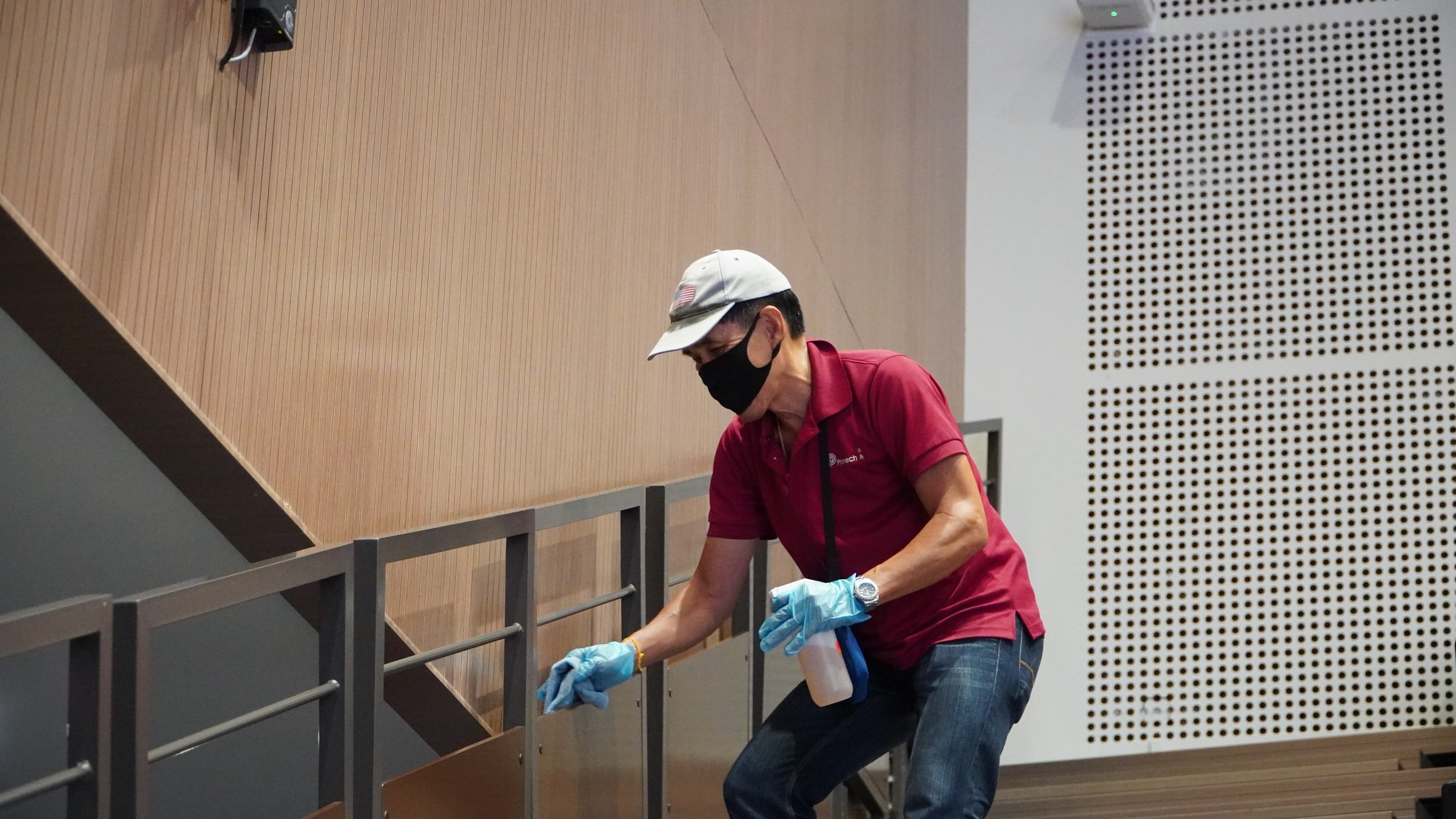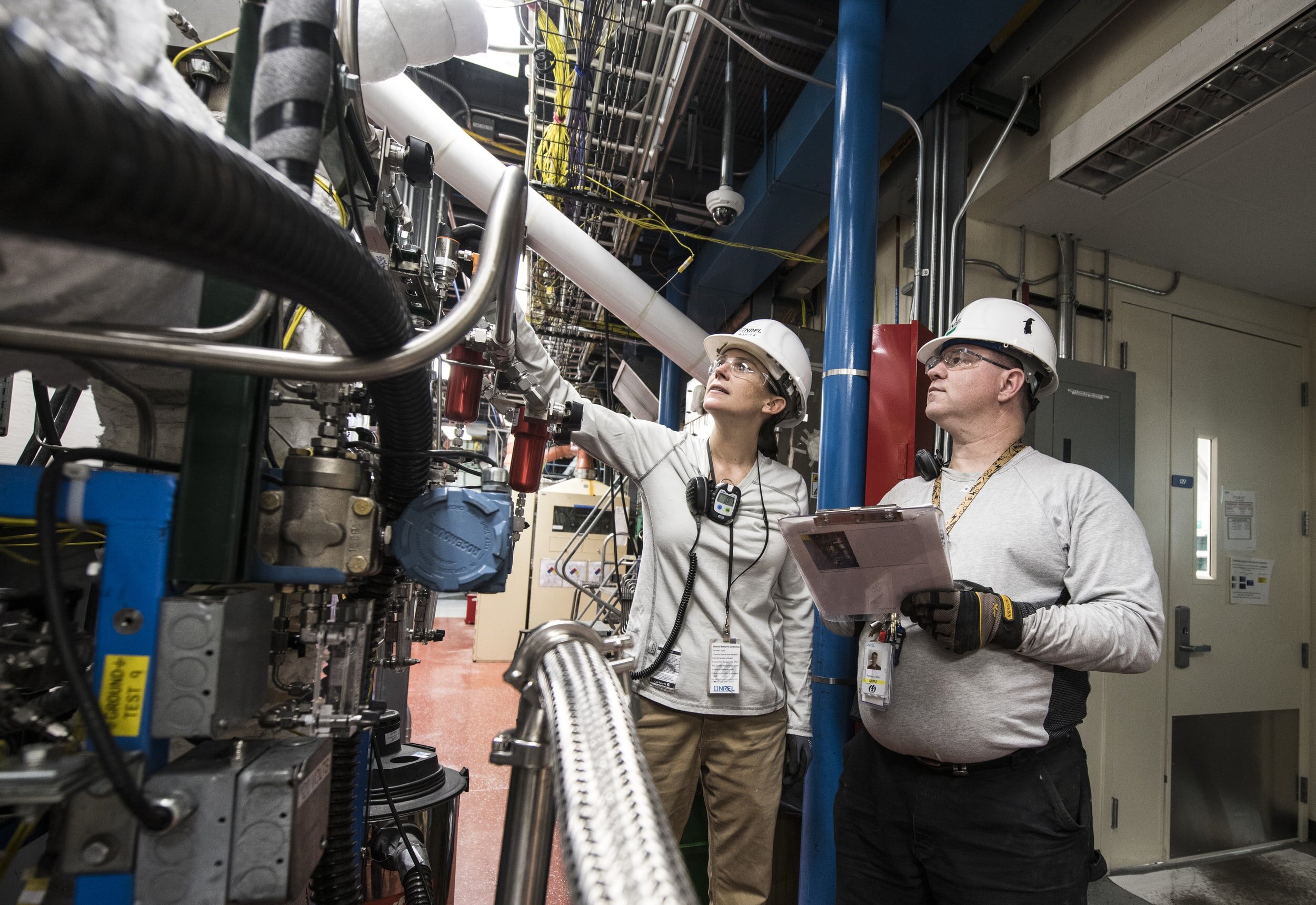
Industry Insights

How Precursor Events Can Prevent Incidents - Part 2
Through monitoring precursor events and leading indicators, organizations are able to focus on future health and safety. The goal of this is for continuous improvement of organizational safety, and ultimately to prevent workplace injury.

Proxxi’s September Newsletter
With many folks in the northern hemisphere returning from summer vacations, this September is sure to be a busy one for all, so we’ve kept this month’s newsletter short and sweet.

Proxxi’s August Newsletter
This month we’re bringing you content that fits into your day, whether that's the time to dig into our newest case study, or a quick moment to flip through our 4-slide infographics.
So whether you’re holding down the fort in the office, taking time off with family, or celebrating National Golf Month on the green, you’ll find something that works for you.

Protecting Workers with Proxxi Voltage: A Case Study with FieldCore
FieldCore wanted to create a safer working environment for their field technicians, to help them better identify potential hazards and their associated risks, and to provide additional safety for newer technicians.
Through trialling Proxxi Voltage, they found the solution to their problem, and have made the decision to implement Voltage to better protect their workers.

Proxxi’s July Newsletter
For us in the northern hemisphere, July signals the beginning of summer fun - vacations, beach days, and time with the family. But as all of those in the EHS space know, safety doesn’t take a vacation, and distractions about upcoming holidays can result in disastrous consequences.

Proxxi’s June Newsletter
From Electrical Safety Month in May to Safety Month in June - Proxxi is here to help you protect your workers.

Top 3 Questions (And Answers) About Deploying Proxxi Voltage
Deploying safety technology is uncharted territory for many of Proxxi’s customers, and understandably they usually have some questions before they get started.
To help answer these questions that you might also have, we asked our team for the most common questions they receive, and the answers to those questions.

Proxxi’s November Newsletter - 2021
Are you as data-driven as we are? This month's newsletter focuses on the statistics around injuries, both electrical and non-electrical.

Proxxi’s October Newsletter
In autumn 2020, many nations in the northern hemisphere saw an increase in cases of COVID-19. How will we fare this fall? Last month we shared the first posts in our vaccine and Delta blog series. This month, we bring you more of what you need to know.

Workplace Injuries and Fatalities: Statistics for Demographics, Timing, and Industries
Workplace injuries are something that we all strive to eliminate. Over the years, as regulations have been put in place, technological improvements have been made, and attitudes have changed, there have been vast improvements in workplace safety. However, as injuries and fatalities continue to occur, we can review the when, where, and who to help us better prevent these incidents.

The Delta Variant: What Does This Mean For My Organization? - Part 2
The Delta variant caused renewed outbreaks worldwide, pushed nations back into restrictions, and challenged our hopes that that vaccine would end the pandemic. In this article we will explore we will examine how the Delta variant is reshaping the pandemic and how that will impact your organization.

Workplace Accidents: Situational or Systemic?
In the workplace, EHS teams aim to improve safety outcomes and decrease the likelihood of workplace accidents. In some organizations, these efforts focus on the individual, citing the specific situation as the cause of an incident. However, although accidents are relatively rare, near misses are much less so. The absence of an accident does not always indicate an absence of risk. When you combine both near misses and accidents, similarities can be found, and more systemic causes can be identified.

The Risk of Perceived Risk - Part 1: What is Perceived Risk?
All jobs involve hazards and risks. In acknowledging the presence of risk, we establish the need for safety. This is why safety plans are required for all organizations and roles. One big question, however, is how does our perception of risk influence safety and the effectiveness of safety procedures?

Feedback Loops and Organizational Safety: How to Effectively Promote New Safety Habits in the Workplace
When it comes to rolling out new safety processes or implementing existing ones, getting uptake from workers can be challenging. In some cases, they may be purposefully resistant. In others, they may just be unconsciously following a habit. In the case of the second scenario, there is a process of unlearning and relearning that has to take place before this unsafe habit is replaced with a new, safer habit.

Near Misses and Self-Reporting: Part 2 - How Can Near Miss Reporting Rates be Improved?
Missing data is a big issue when it comes to near miss reporting. This missing data impacts safety planning, preventative measures, and ultimately, the future safety of all workers. Once the reason or reasons for workers not reporting near misses has been identified, the next step is to combat those factors.

Near Misses and Self-Reporting: Part 1 - How Many Near Misses are Missed?
Every job has hazards, and if those hazards are not appropriately handled then any job can become a dangerous one. The creation and implementation of workplace safety measures is heavily reliant on self-reporting of near misses. However, near misses are not always reported. It is important to understand the reasons behind this lack of reporting, how to resolve it, and what else can be done in order to ensure workplace safety and worker health.

Proxxi’s June Newsletter - 2021
Did you know that June is National Safety Month? In 2019 the US saw the highest number of workplace deaths since 2007, and in 2020 a great many of us worked from home. With workers returning on site, it is important to ensure your safety practices are not only compliant, but also comprehensive.

Navigating Risk: The Importance of Planning for Low Probability, High Impact Risks
When an event is viewed as unlikely, it can be easy to shrug off risk. Many behaviours in the workplace can be viewed as “safe” when they are actually low-probability risks. However, because many of our actions in the workplace are performed over and over again, mitigating this risk becomes more important. The more times an action is performed, the more likely something will happen, even if the probability is low.

Protecting Non-Qualified Workers from Electrical Risks
In the US, data indicates that nearly one fatality is caused by electrical hazards every day, and annual injuries from electrical hazards total around 4,000. More than half of these fatalities were non-qualified workers, and many of them were avoidable.

Safety in the Workplace: Part 2 - Creating a Culture of Safety
An unsafe work culture may not come out of malicious intent. There are a great many factors that can come into play. For example, employees may be afraid of the consequences of reporting unsafe work, they may not know how to report concerns, or they may believe the risks conditions are normal.
